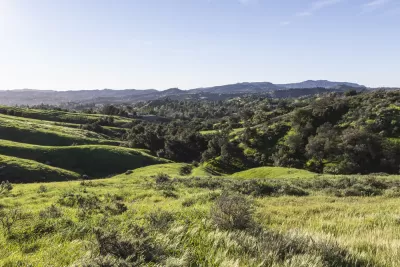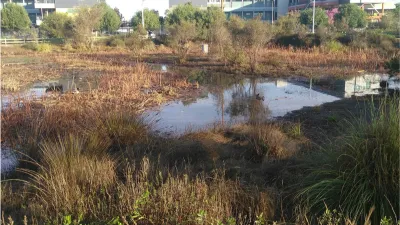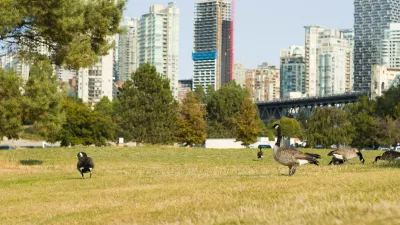Through thoughtful planning and restoration efforts, parks can help heal degraded land, meeting multiple community needs, improving soil quality, restoring native vegetation, and creating habitats for wildlife.

The creation of new parks represents a powerful way to regenerate both the land and the communities that inhabit it. By restoring damaged landscapes, providing valuable green spaces, and fostering environmental education and awareness, parks can play a significant role in healing the land and building more sustainable and resilient communities.
As park planner Clement Lau explains in this article, creating new parks, especially in areas scarred by industrialization, urbanization, and/or environmental degradation, can serve as a transformative force, regenerating both the land and the communities that surround it. He highlights Los Angeles County's efforts to implement the recommendations of the Parks Needs Assessment Plus (PNA+) which reimagines conservation through an equity lens to include both the protection of natural lands and the restoration of degraded lands, especially in lower-income communities of color where vulnerable populations and environmental burdens are concentrated.
Parks are not just spaces of leisure and recreation, but are also sanctuaries of nature’s resilience and human hope. Former industrial sites, landfills, and other damaged areas can be transformed into vibrant green spaces, teeming with biodiversity. Through thoughtful planning and restoration efforts, these parks can help heal the land, meeting a variety of community needs, improving soil quality, restoring native vegetation, and creating habitats for wildlife. This regeneration not only improves the aesthetics of the area, but also contributes to the health of the ecosystem and mitigates environmental damage.
FULL STORY: The Healing Power of Parks: Regenerating Landscapes and Communities

Trump Administration Could Effectively End Housing Voucher Program
Federal officials are eyeing major cuts to the Section 8 program that helps millions of low-income households pay rent.

Planetizen Federal Action Tracker
A weekly monitor of how Trump’s orders and actions are impacting planners and planning in America.

Ken Jennings Launches Transit Web Series
The Jeopardy champ wants you to ride public transit.

Washington Legislature Passes Rent Increase Cap
A bill that caps rent increases at 7 percent plus inflation is headed to the governor’s desk.

From Planning to Action: How LA County Is Rethinking Climate Resilience
Chief Sustainability Officer Rita Kampalath outlines the County’s shift from planning to implementation in its climate resilience efforts, emphasizing cross-departmental coordination, updated recovery strategies, and the need for flexible funding.

New Mexico Aging Department Commits to Helping Seniors Age ‘In Place’ and ‘Autonomously’ in New Draft Plan
As New Mexico’s population of seniors continues to grow, the state’s aging department is proposing expanded initiatives to help seniors maintain their autonomy while also supporting family caregivers.
Urban Design for Planners 1: Software Tools
This six-course series explores essential urban design concepts using open source software and equips planners with the tools they need to participate fully in the urban design process.
Planning for Universal Design
Learn the tools for implementing Universal Design in planning regulations.
Heyer Gruel & Associates PA
Ada County Highway District
Institute for Housing and Urban Development Studies (IHS)
City of Grandview
Harvard GSD Executive Education
Toledo-Lucas County Plan Commissions
Salt Lake City
NYU Wagner Graduate School of Public Service





























